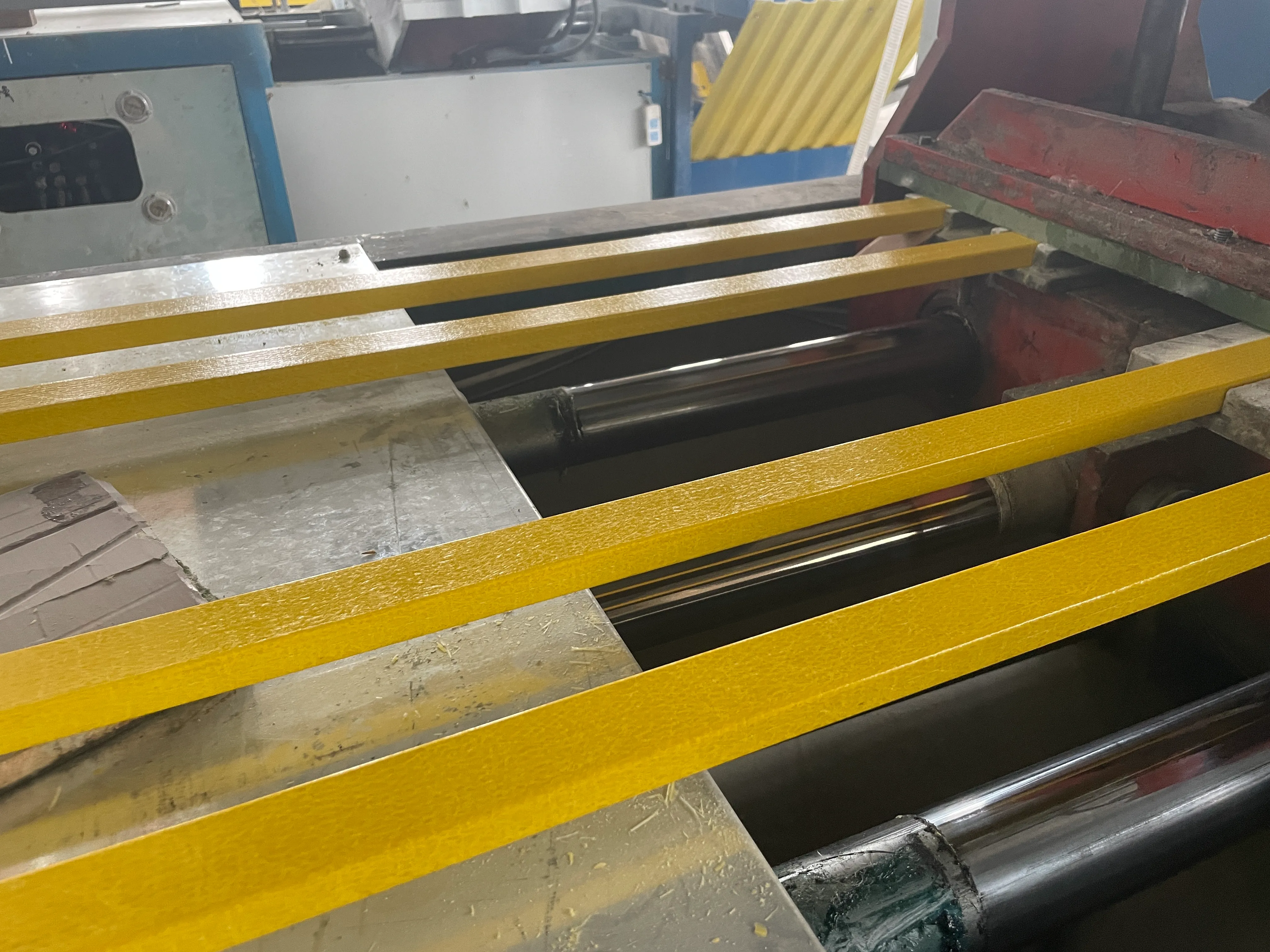loading...
- No. 9, Xingyuan South Street, Dongwaihuan Road, Zaoqiang County, Hengshui, Hebei, China
- admin@zjcomposites.com
- +86 15097380338
- Welcome to visit our website!
grp grating specification
Understanding GRP Grating Specifications
GRP (Glass Reinforced Plastic) grating is a widely used material in various industrial applications due to its superior strength, durability, and resistance to corrosive environments. Specifically designed for use in harsh conditions, GRP grating is an exemplary solution for flooring, walkways, and even platforms in sectors such as chemical, marine, and wastewater management. In this article, we will discuss the key specifications of GRP grating, its advantages, and factors to consider when choosing the right type for your application.
What is GRP Grating?
GRP grating is created from a composite of fiberglass and resin, which results in a product that is lightweight yet exceptionally strong. The manufacturing process typically involves a pultrusion method, where glass fibers are pulled through a resin bath and formed into a specific shape, creating panels that can be cut and customized to meet project requirements. The outcome is a grating product that excels in areas that demand both structural integrity and resistance to environmental challenges.
Key Specifications of GRP Grating
1. Load-Bearing Capacity One of the most critical specifications is the load-bearing capacity of the grating. This is generally determined by the spacing of the bars and the thickness of the grating. Load capacities can be specified in terms of uniformly distributed loads (UDL) and point loads, and it is important to ensure that the grating is compliant with industry standards for safety and performance in your specific application.
2. Dimensions GRP grating comes in various sizes, typically ranging from 38mm to 125mm in thickness, with widths varying based on project requirements. Standard panel sizes may also differ, so it's essential to verify the dimensions that best fit your installation area.
3. Chemical Resistance Given its applications in areas exposed to chemicals or corrosive substances, the chemical resistance of GRP grating is of paramount importance. The type of resin used in the production of GRP affects its resistance to various chemicals, acids, and alkalis. For instance, Isophthalic polyester and vinyl ester resins offer superior resistance qualities for industrial environments.
4. Fire Retardancy Safety is crucial in many applications, particularly in industries like petrochemical or pharmaceuticals. GRP grating can be manufactured to meet specific fire retardant standards, reducing the risk of fire hazards. Relevant specifications include meeting ASTM E84, UL 94, or similar fire performance standards.
grp grating specification

5. Slip Resistance Depending on the environment, the slip resistance of GRP grating can be an essential factor, especially in areas prone to wet conditions. Manufacturers often provide options for textured surfaces that enhance grip, further increasing safety for personnel traversing areas where slip hazards may not be avoidable.
6. Color and Aesthetics While functionality is paramount, aesthetic appeal should not be overlooked. GRP grating can be produced in various colors, allowing for visual customization that may be beneficial for branding or integration into existing architectural elements.
Advantages of GRP Grating
GRP grating offers numerous benefits over traditional materials such as steel or aluminum. Firstly, it is much lighter, which simplifies installation and reduces shipping costs. Moreover, GRP is inherently non-conductive, making it safer in electrical applications. Its corrosion resistance extends the life of the grating, ultimately saving on maintenance and replacement costs.
Choosing the Right GRP Grating
When selecting GRP grating for your project, it is crucial to consider the specific requirements of your application. Analyze the load capacity, dimensions, chemical exposure, and environmental conditions to ensure that the right type is chosen. Consulting with manufacturers or industry experts can provide valuable insights tailored to your unique needs.
Conclusion
GRP grating represents a robust, versatile choice for various industrial applications, and understanding its specifications is essential for effective implementation. By considering load-bearing capabilities, chemical resistance, slip resistance, and aesthetic options, you can ensure that the GRP grating selected not only meets the demands of your environment but also contributes to safety and efficiency.
-
The Rise of FRP Profiles: Strong, Lightweight, and Built to LastNewsJul.14,2025
-
SMC Panel Tanks: A Modern Water Storage Solution for All EnvironmentsNewsJul.14,2025
-
GRP Grating: A Modern Solution for Safe and Durable Access SystemsNewsJul.14,2025
-
Galvanized Steel Water Tanks: Durable, Reliable, and Ready for UseNewsJul.14,2025
-
FRP Mini Mesh Grating: The Safer, Smarter Flooring SolutionNewsJul.14,2025
-
Exploring FRP Vessels: Durable Solutions for Modern Fluid HandlingNewsJul.14,2025
-
GRP Structures: The Future of Lightweight, High-Performance EngineeringNewsJun.20,2025
